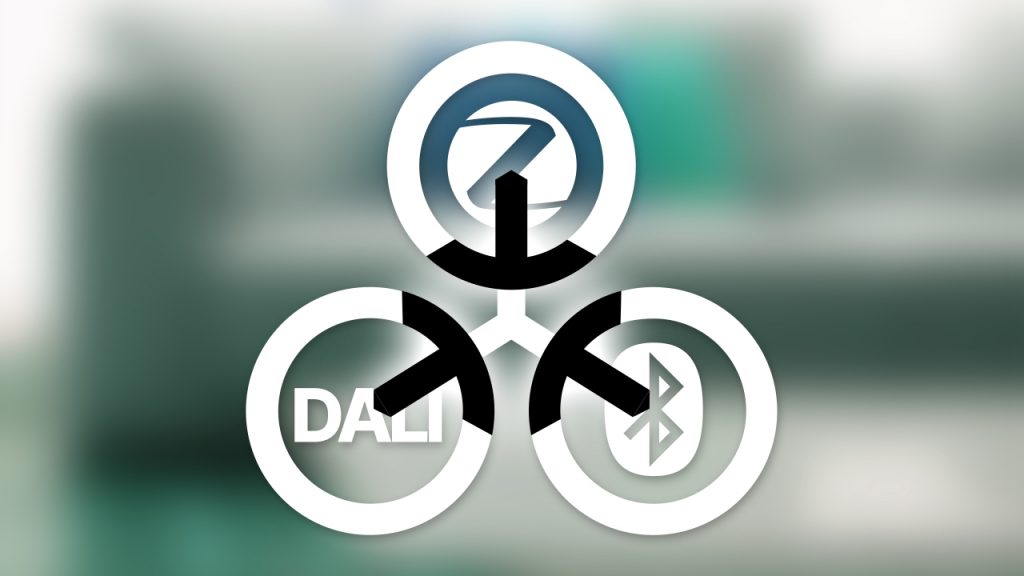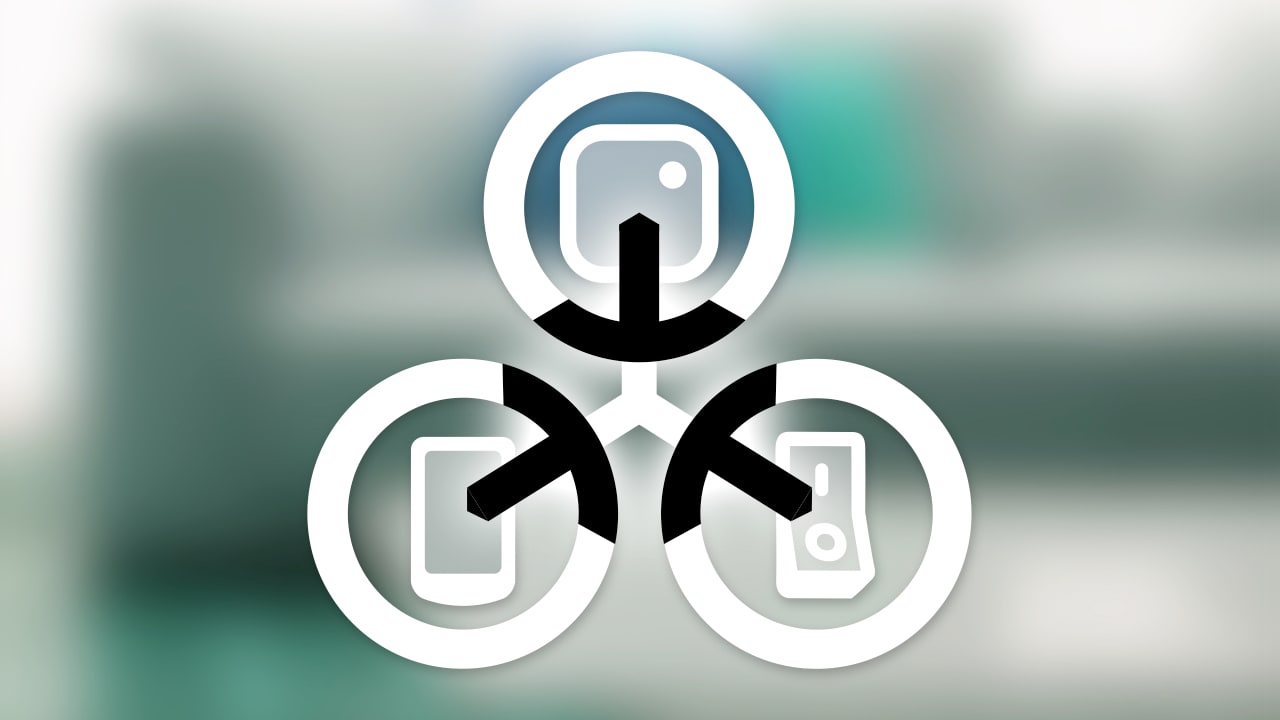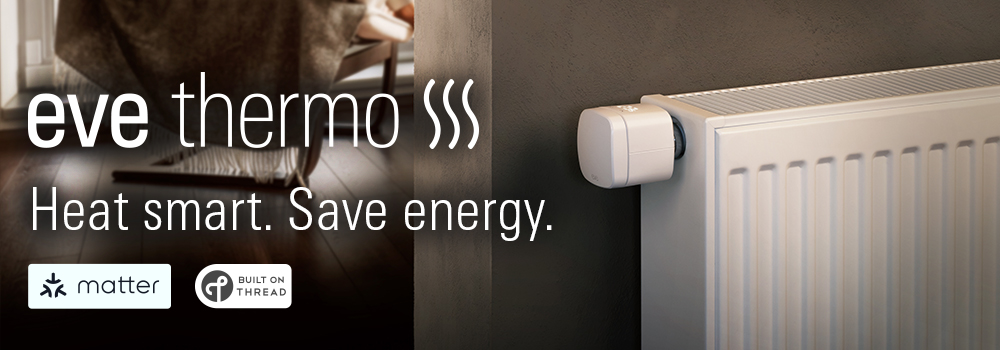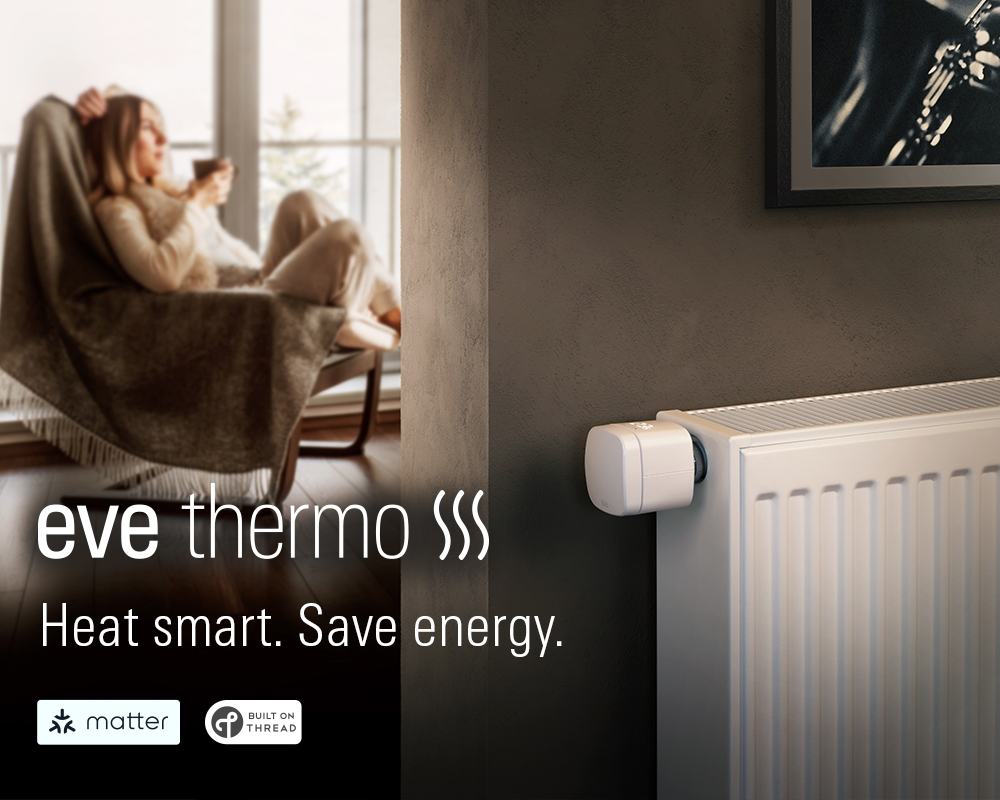On the one hand, the Matter smart home standard knows devices that can be operated – lamps, sockets, controllers, switches – and on the other hand, controllers that are responsible for command. But there is another category that is functionally in between. It takes care of products that do not support Matter themselves, but should be connected to a controller. The “missing link” that enables this connection to Matter systems is called a bridge.
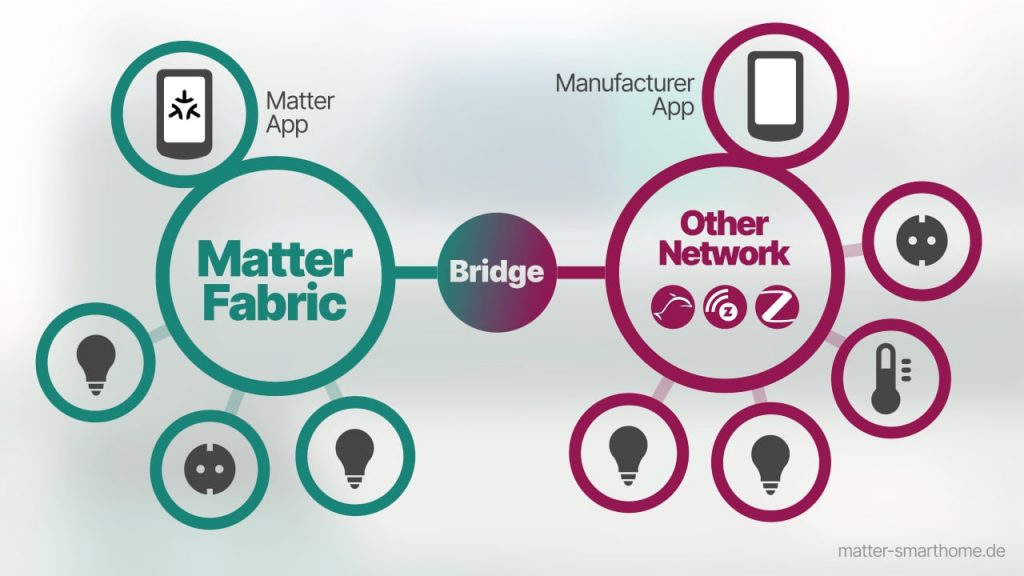
that do not natively support the standard.
Building digital bridges
The Matter Bridge has been as a product class in the standard since version 1.0. Its task is to translate “foreign” technologies so that Matter can understand them. An important prerequisite for the success of the smart home standard because not everyone who has already purchased devices wants to discard them and replace them with new Matter-compatible ones.
The principle has existed since wireless smart home installations have been around: As IP devices like computers or smartphones don’t know what to do with most radio standards for buildings, such wireless systems have always needed a base station. Whether EnOcean, Homematic, Z-Wave, Zigbee or another protocol: Control from the IP network only works with a base station as translator.
Some companies call this device a bridge – like Signify with its Philips Hue lighting system. Others say gateway or hub. It is not uncommon for the hub to be able to do much more than just establish contact with the router’s home IP network. The developers place smart home functions such as automation in it, making it the “brain” of their systems.
Function and device
This point is important for understanding a Matter Bridge. Because the bridge feature can be built into a radio control center, but it doesn’t have to be there. It can just as easily be integrated into other devices. An example for this is the DALI-to-Matter Bridge from Innovation Matters. It makes a lighting installation in the professional DALI standard compatible with Matter by connecting its wired luminaires to the IP network via Wi-Fi. Tridonic is taking a similar approach, only with the Thread radio protocol supported by Matter as a bridge technology.
Conversely, a smart home hub that supports Matter does not necessarily have to be a Matter Bridge. A prominent example of this is SmartThings. The system’s hubs are Matter controllers and can take Z-Wave and Zigbee products under their wing as well as Matter devices. The SmartThings app then controls them all together. Unlike Matter products, however, their Z-Wave and Zigbee counterparts cannot be shared with other Matter systems.
In other words, a motion detector connected to the SmartThings hub via Zigbee radio or a smart plug with Z-Wave connection are only available to the SmartThings system itself. The hub does not pass them on to other ecosystems like Apple Home or Google Home – because it lacks the corresponding function. Samsung could provide it later via a software update – as it has already done with the support of third-party Matter-Bridges. These can be used in SmartThings since an update at the beginning of September 2023.
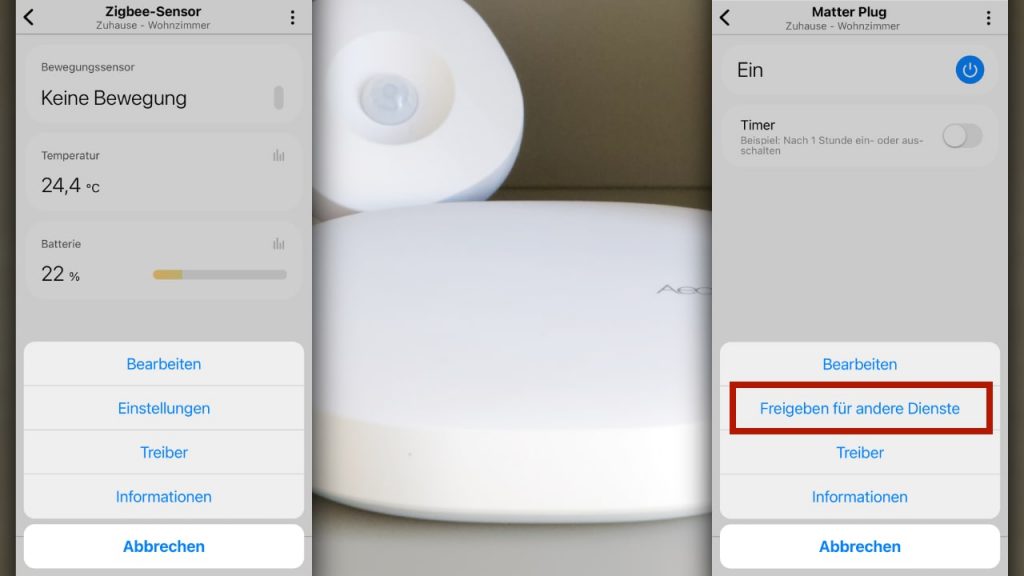
Typical Matter Bridges
Some manufacturers already offer bridge functionality in their products – or are about to do so. The following overview gives examples, but does not claim to be complete. Development in the Matter standard is too dynamic for this. Schedules can change, new products can be added, or those already announced can be stopped. Also, vendors are apparently not obligated to fully expose all device categories of the Matter standard. Some companies release functions only step by step or limit the selection to certain products.
- Aqara Hub M1S and M2: The Aqara centers mirror Zigbee products that are registered with the hub to Matter ecosystems. In this way, for example, sensors and smart plugs, but also the U100 Zigbee door lock from Aqara can be used in Apple Home, Google Home and SmartThings.
- Innovation Matters: As the name suggests, the Austrian manufacturer’s DALI-to-Matter Bridge connects a lighting installation that uses the professional Digital Addressable Lighting Interface (DALI) with Matter systems.
- Philips Hue Bridge (Beta): The lighting system’s control center is among the longest-awaited Matter Bridges. Developers have been able to test a beta version of the Matter-enabled software since fall 2022 (link) and mirror their Zigbee lights on the bridge to Matter ecosystems. However, the official release is still pending.
- SwitchBot Hub 2: In the first step, SwitchBot’s Bluetooth hub mediates shading products such as SwitchBot Curtain and SwitchBot Blind Tilt to Matter systems. Other product categories are to follow.
- Ubisys Gateway G1: As the first Matter bridge ever, the Zigbee gateway supported the standard from the start. The number of connected product categories is being expanded via software. The manufacturer plans to release its thermostats, in-wall and DIN rail modules, as well as battery-free wireless switches for Matter in the near future.
The overview of Matter-compatible devices (Matter Bridges category in the table) provides a comprehensive overview of current models.
More Know-how
Share this information:
